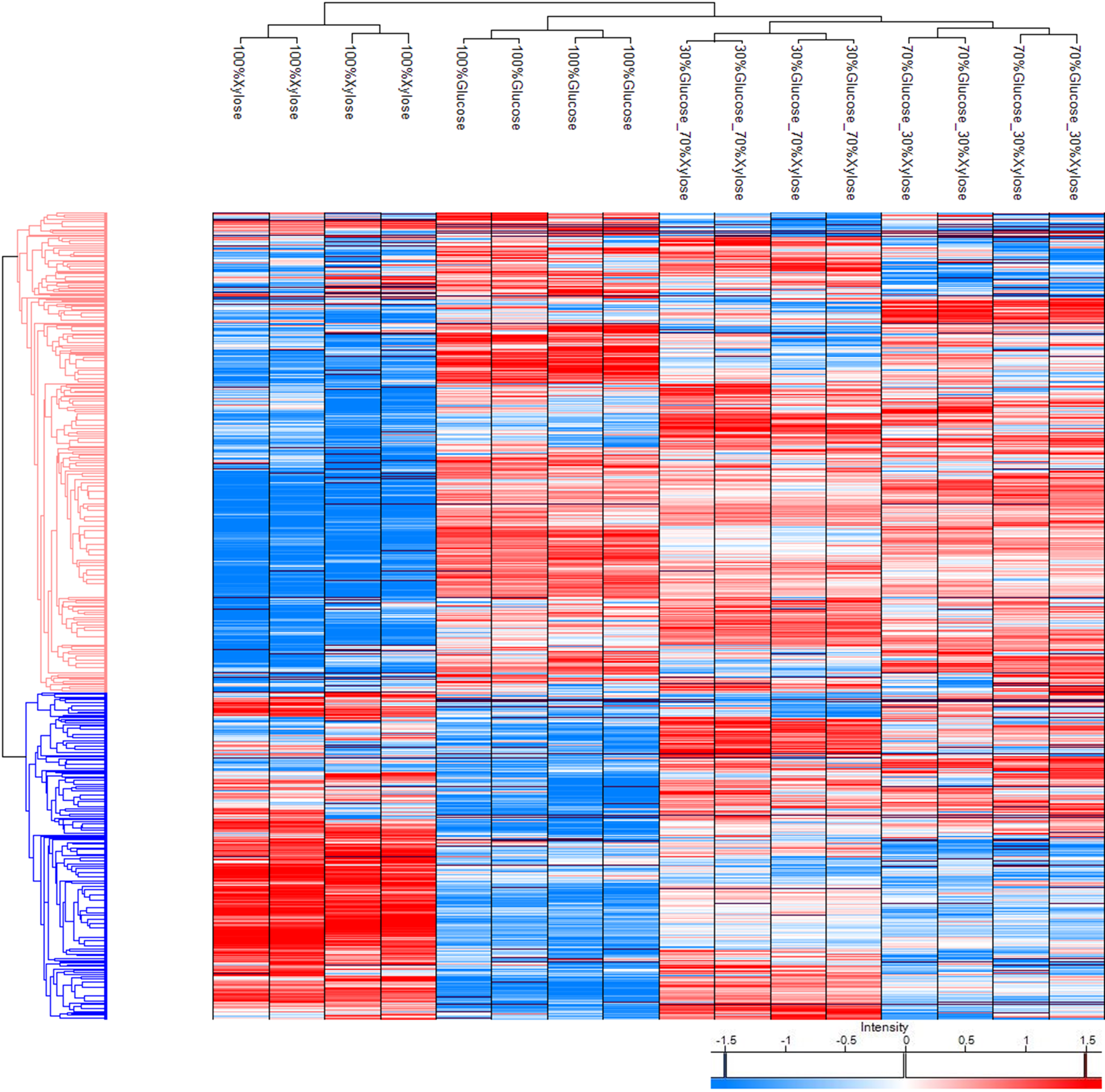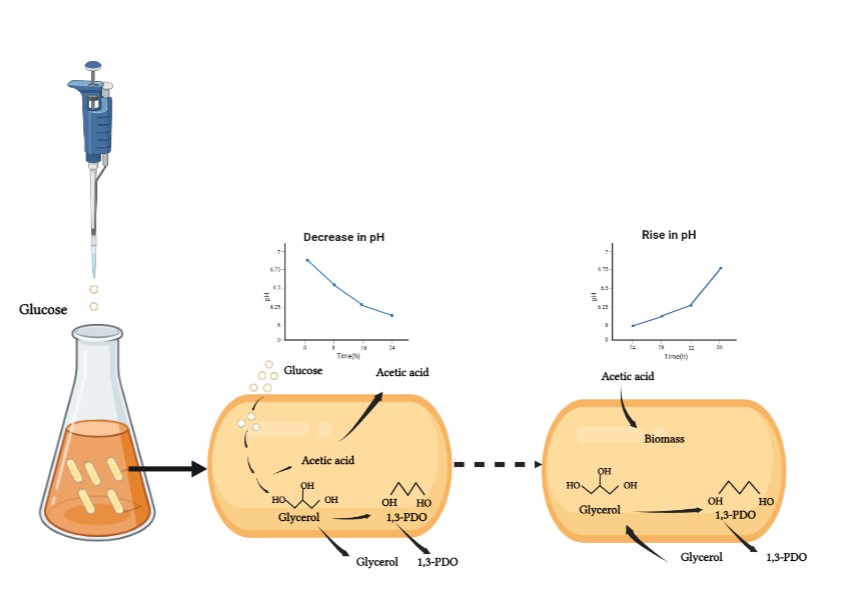Found 2 results
Article
25 March 2024Proteomic Analysis of Pleurotus ostreatus Grown on Glucose and Xylose Mixtures in Submerged Fermentation Provides Insights into Differentiated Mycelial Composition
Pleurotus ostreatus, an edible white-rot fungus of great commercial and nutritional value, grows by metabolizing mainly glucose and xylose, the two major sugars in lignocellulosic biomass. In this study, a comparative proteomic analysis of P. ostreatus grown in submerged fermentation on a medium with glucose, xylose and mixtures of them as carbon sources was conducted. In the same conditions, the metabolic response of the fungus was evaluated in the production of the main nutritional components of the fungus such as proteins, lipids, and intracellular and extracellular polysaccharides. The proteomic analysis revealed that glucose and xylose upregulate different clusters of proteins. Glucose mainly up-regulates macromolecule metabolic processes, translation and glycolysis whereas xylose up-regulates, small molecule metabolic processes and tricarboxylic acid cycle (TCA). The mixtures show mostly similarities with the proteome response to glucose, although there are differential responses depending on xylose concentration. The carbon source type found to affect the basic macromolecule metabolic processes, with amino acids biosynthesis to differentiate mostly. An analysis of the upregulated proteins through the STRING database revealed that xylose upregulates mostly proteins related to amino acid biosynthesis. Leucine, Valine and Isoleucine biosynthesis pathways were found to be the most triggered pathway. All the branched-chain amino acids (BCAAs)-related enzymes intensities were gradually increased when xylose concentration was increased in the growth medium. BCAAs play an important role in the human diet so the enhancement of BCAAs biosynthesis pathway for P. ostreatus could convert it to a very remarkable protein substitute in human diet. These findings provide new insights into the proteomic and metabolic response of the fungus to the major sugars of lignocellulosic biomass, which are not well understood until now.

Article
22 May 2023Fed-batch Self-regulated Fermentation of Glucose to Co-produce Glycerol and 1,3-propanediol by Recombinant Escherichia coli
As important bio-chemicals, glycerol and 1,3-propanediol (1,3-PDO) have been widely used in numerous fields, e.g., polymers, cosmetics, foods, lubricants, medicines, and so on. Bio-based 1,3-PDO is generally produced from glycerol or glucose by natural or recombinant strains, during which organic acids are always co-produced. In this work, acetic acid was also co-produced when 1,3-PDO was obtained from glucose by a recombinant strain of E. coli MG1655. Usually, a base was added to adjust the fermentation pH, resulting in the accumulation of organic salts and difficulty in the next down streaming process. Herein, a novel strategy was developed to consume the produced acetic acid by cells self in fed-batch self-regulated fermentation. The recombinant E. coli cells produced 48.33 g/L glycerol and 61.27 g/L 1,3-PDO with a total mass yield of 45.6% and without any other byproducts at the end of 5 fed-batch fermentations. The initial buffer pH, glucose concentration, pulse feeding sugar amount, time for a single batch fermentation and reducing acid were investigated by a series of comparative experiments. This fed-batch self-regulated fermentation has potential for the co-production of 1,3-PDO and glycerol, and will highlight the subsequent modification of recombinant E. coli strain by synthetic biology.
